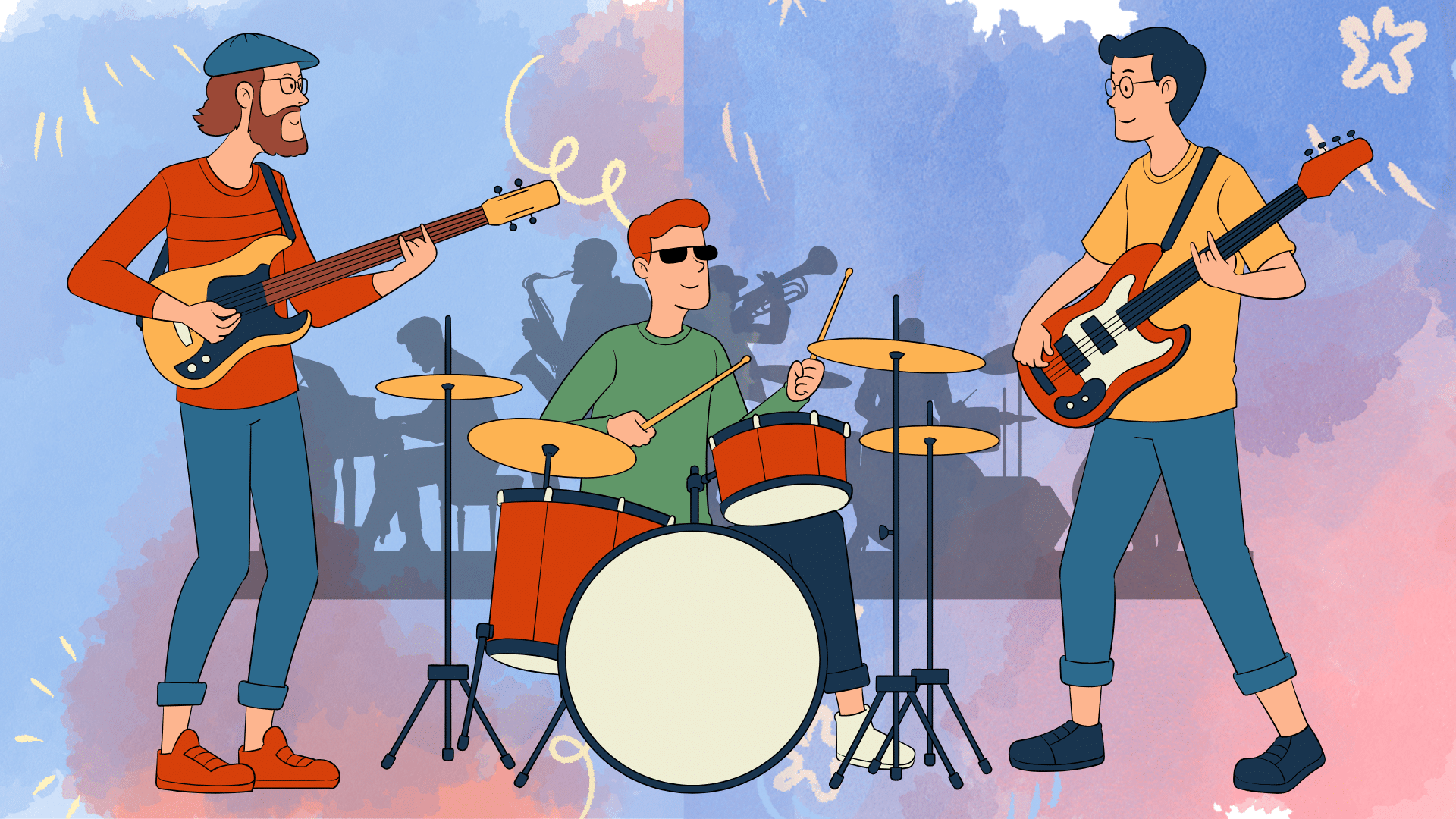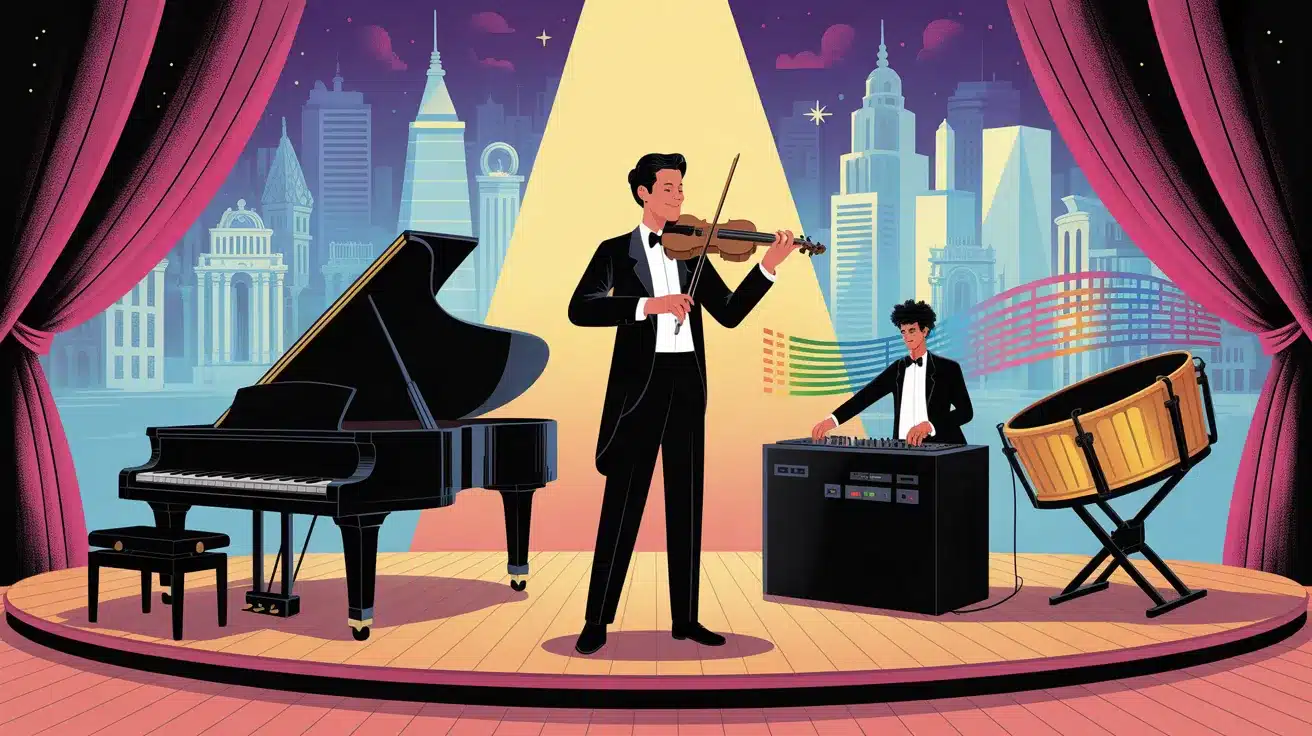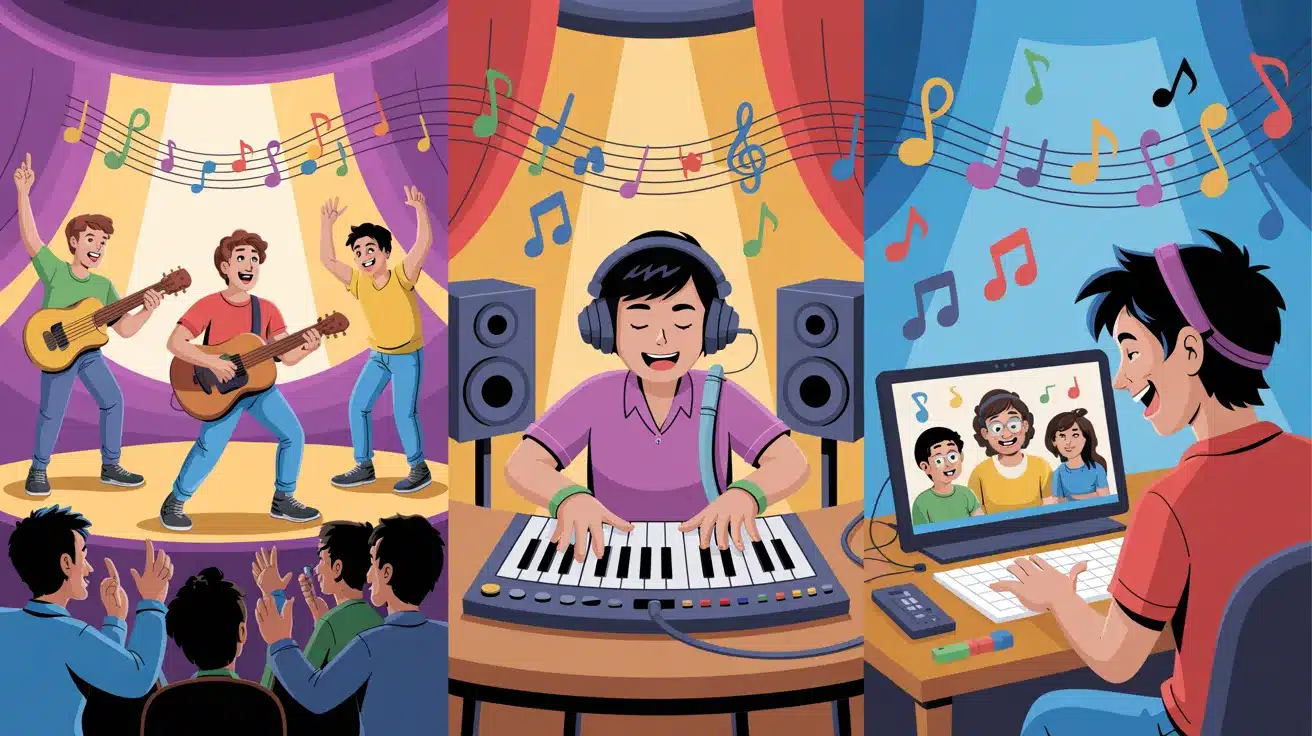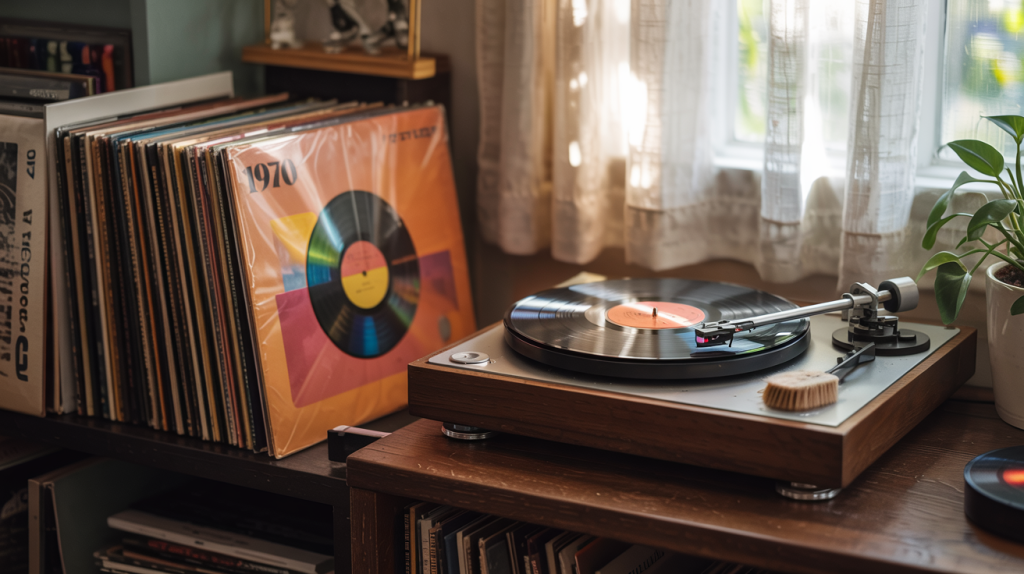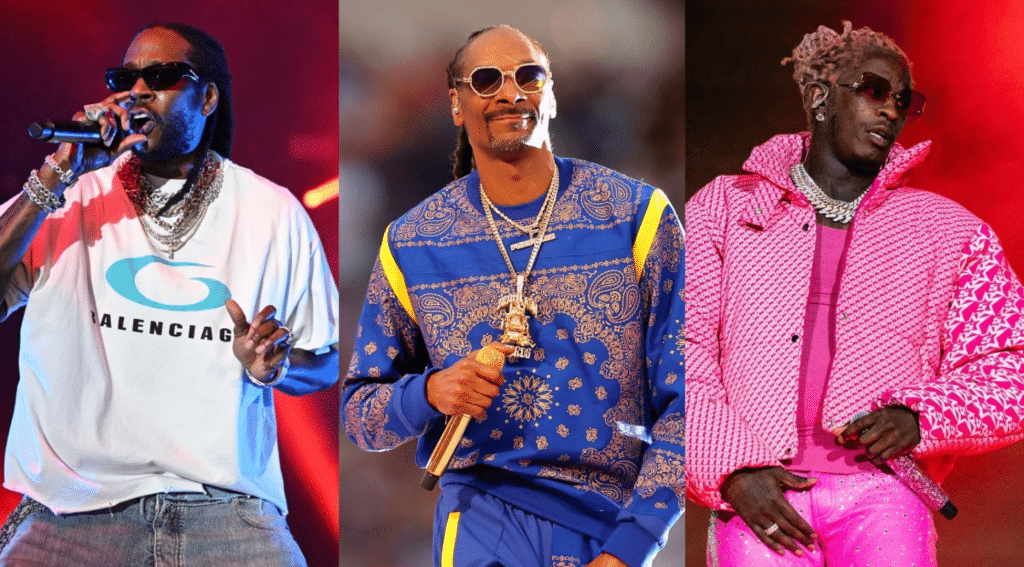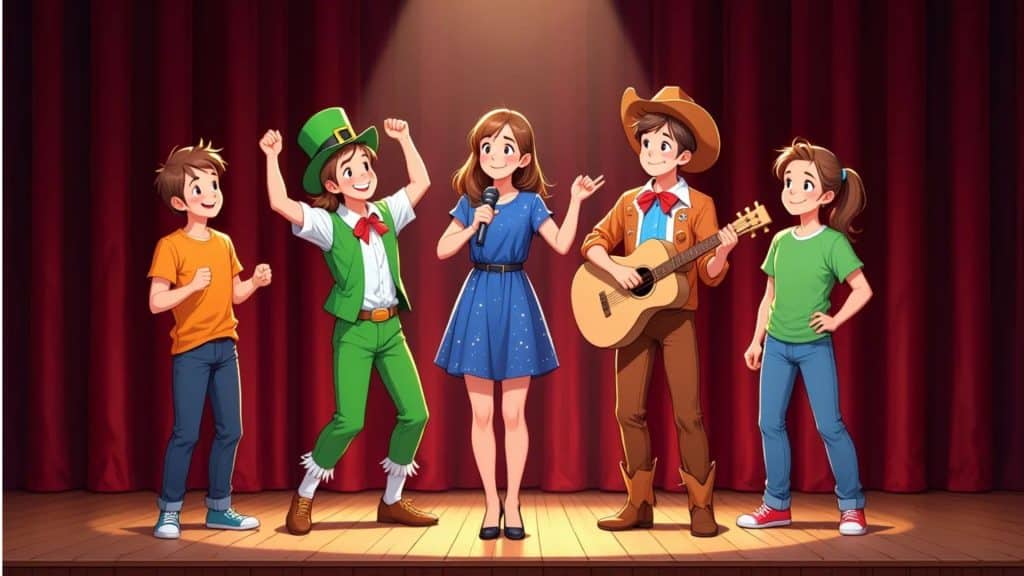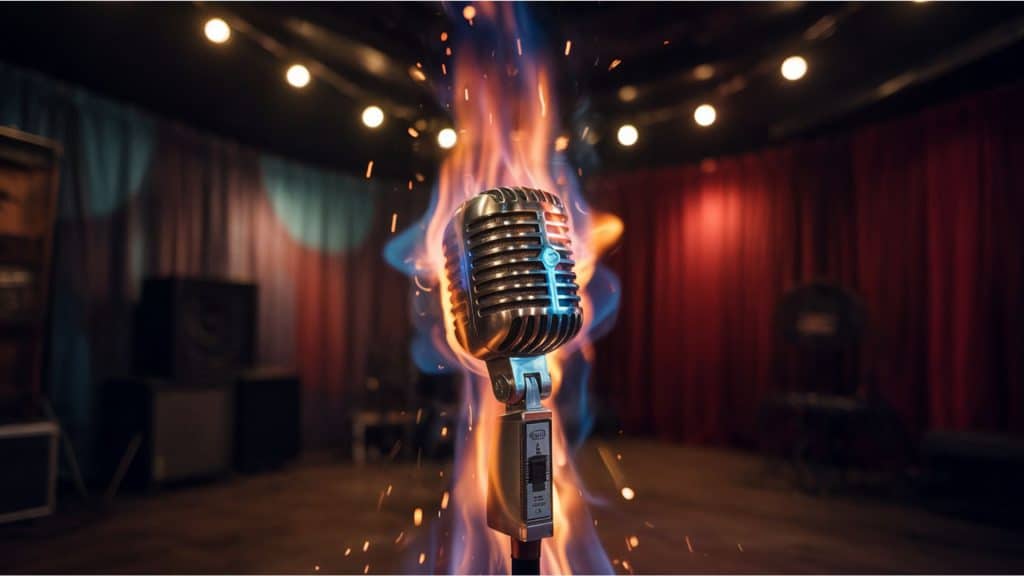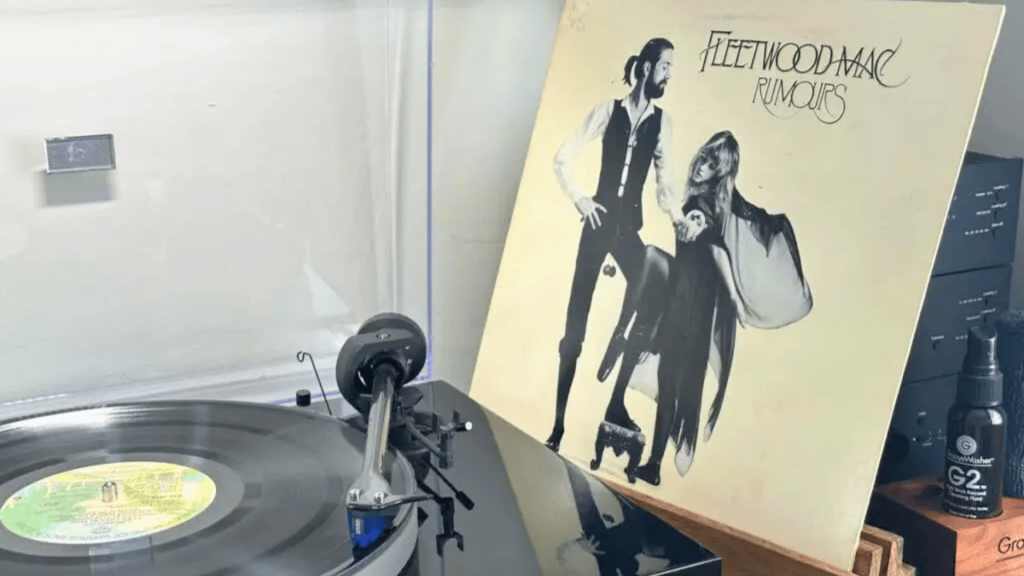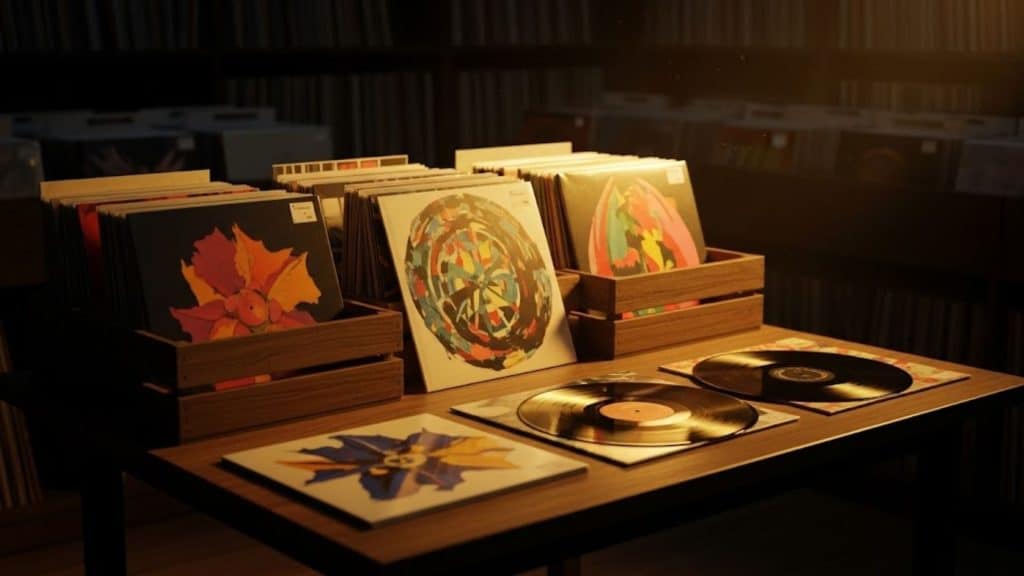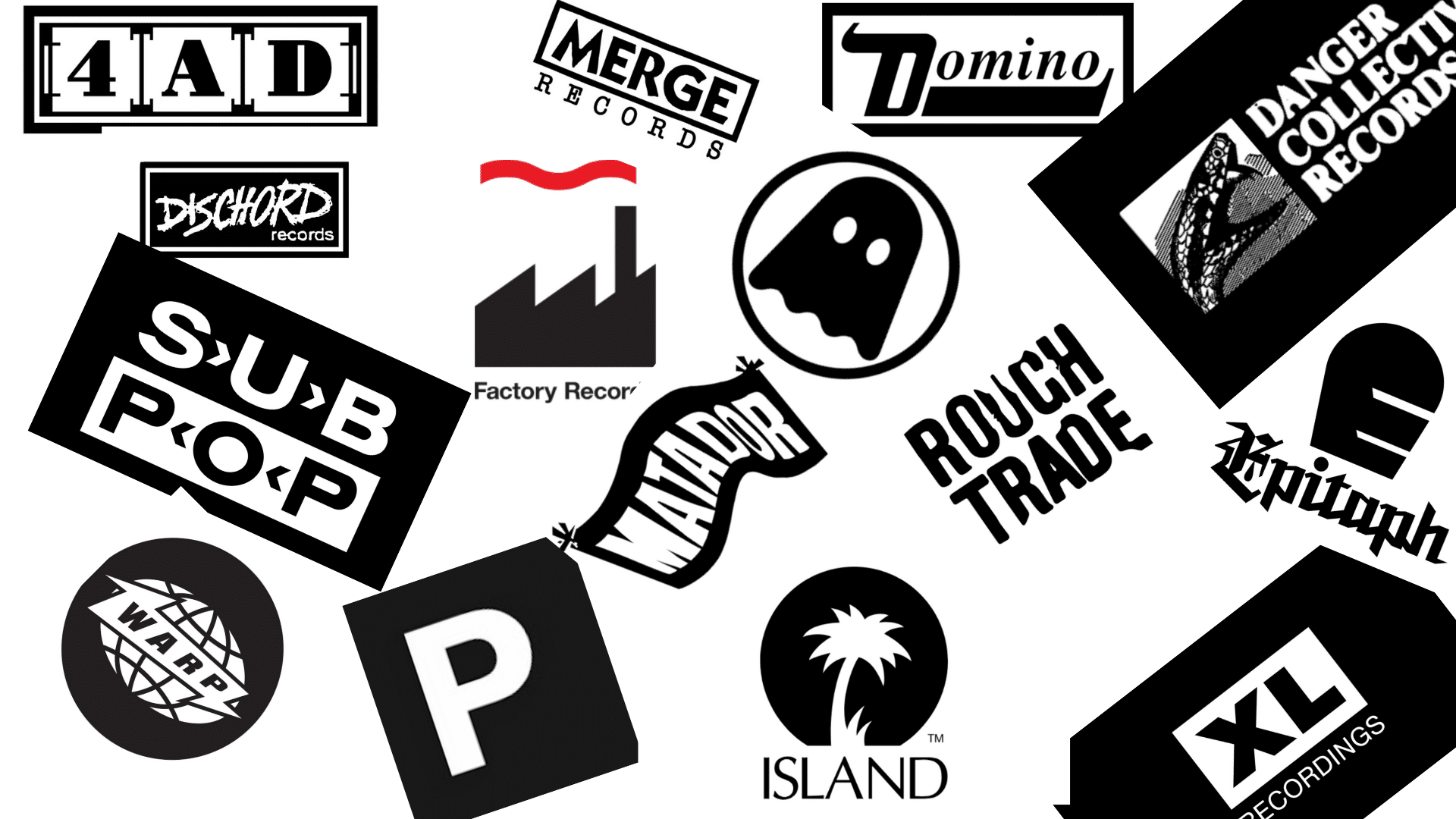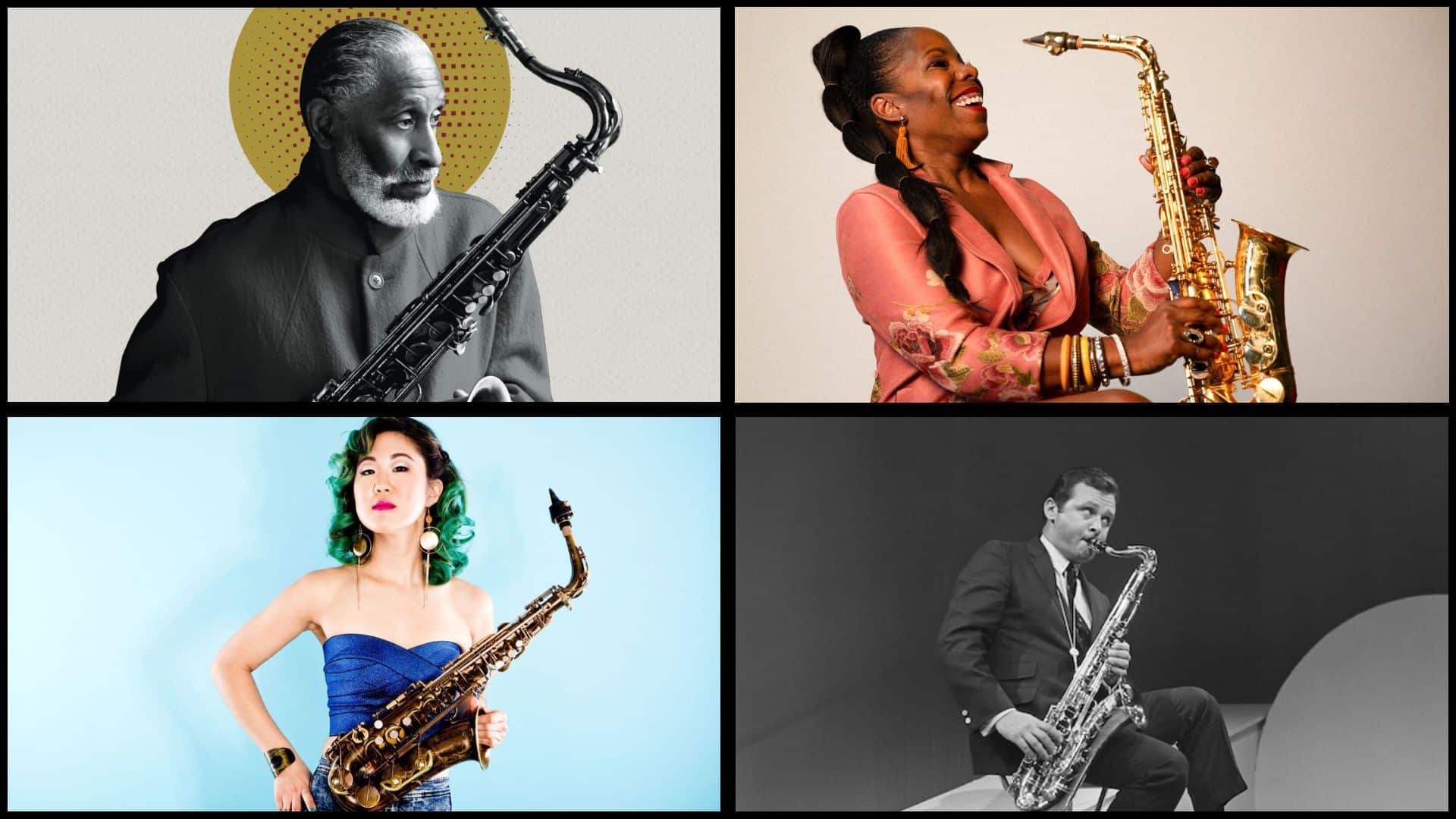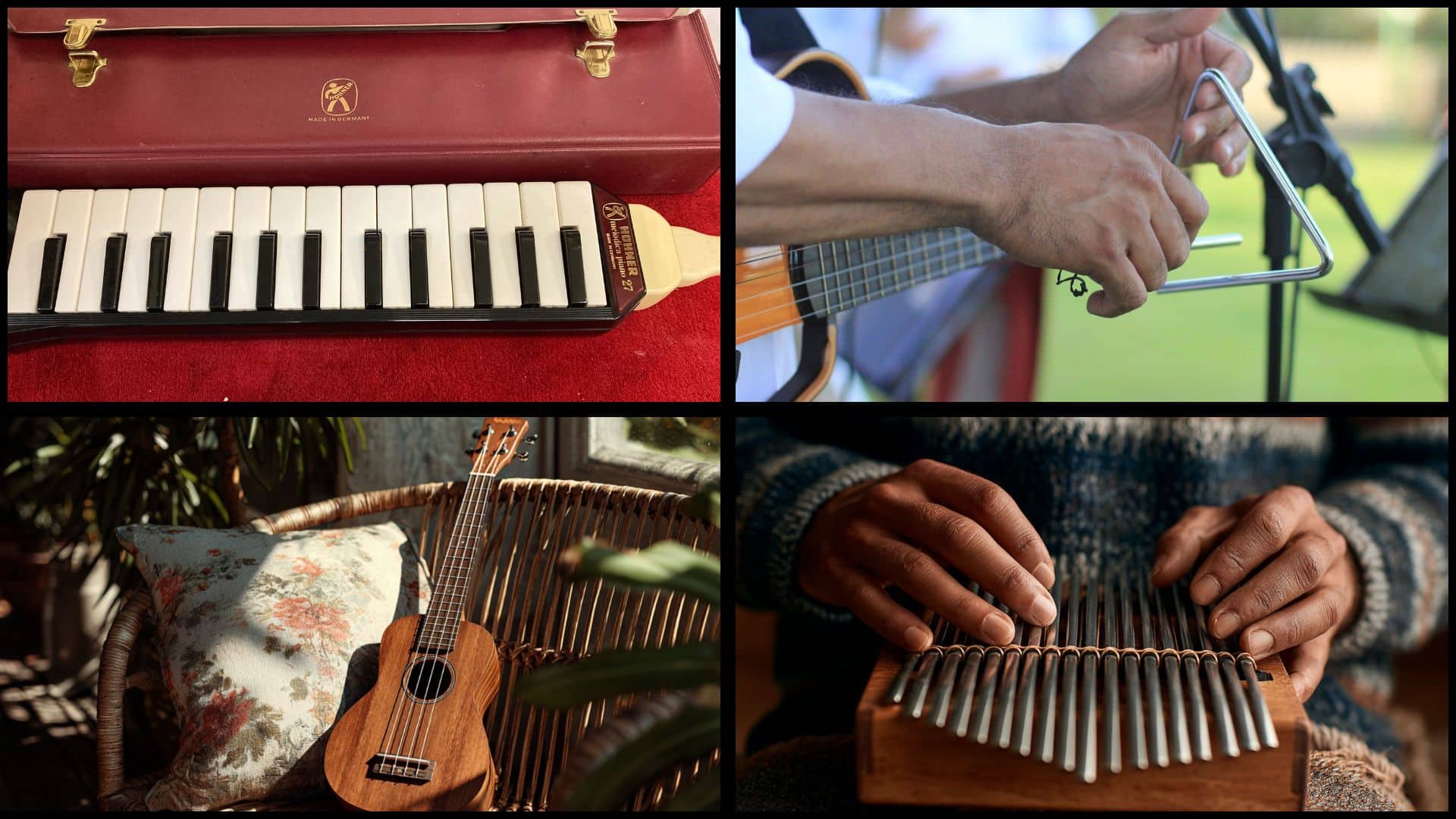Have you ever listened to a song and thought, “What is contemporary music, really?” I used to wonder the same thing. It seemed like every genre, from pop to classical, was somehow called “contemporary.”
That’s why I put this guide together for you. I’ll walk through what this music means, how it sounds, and where you’ve probably heard it before without even realizing.
By the end, you’ll understand it clearly and feel more confident when you hear the term again. Let’s figure it out together, starting now.
Understanding the Concept of Contemporary Music
Let’s break down what contemporary music really means in simple terms. This section helps connect how it fits into today’s world of sound without overcomplicating it.
What Contemporary Music Means
Contemporary music refers to sounds created in the present time. It’s not restricted to one genre or style, such as pop, jazz, modern classical, or worship music, which can all be considered contemporary.
What defines it isn’t how it sounds, but when and why it was made: to reflect the current world, express modern ideas, and embrace evolving tools and forms.
Contemporary vs. Classical or Traditional
Contemporary and classical music sound very different. This table helps you see the main ways they differ.
| Aspect | Contemporary Music | Classical/Traditional Music |
| Time Period | Made in the present | Created in the past |
| Style | Mixes many genres | Follows known music styles |
| Structure | Often free and changing | Uses set forms like sonatas or symphonies |
| Instruments | Uses both digital and live instruments | Mostly acoustic and orchestral instruments |
| Tools | Relies on software and technology | Focuses on natural sound and live performance |
| Purpose | Expresses current life and ideas | Honors beauty, order, or tradition |
| Performance | Found online, on the radio, or live in many places | Often played in concert halls or folk settings |
| Examples | Pop, hip-hop, worship, musicals | Symphonies, folk songs, classical dance music |
How This Music Stands Out Today

If you’re trying to figure out what makes this music different from older styles, I’ll walk you through the basics. You’ll see how it’s built, how it changes, and why it matters today.
Experimentation with Form
Contemporary music often deviates from traditional patterns. It doesn’t always follow the same beat, rhythm, or tune structure. Composers may skip verses or leave out repeating parts.
Instead of using common chords, they try new sound patterns. This helps make each piece sound different from older types of music.
Some songs might feel random or strange, but they’re meant to try new things. This style values surprise and freedom in the creation of music.
Influence of Technology
Technology plays a significant role in the creation of this music. Software helps record, edit, and layer tracks.
Artists use synthesizers, drum machines, soundboards, and apps to shape their music. These tools enable them to adjust volume, tone, timing, and pitch with ease.
Instead of needing large studios, many artists now work from laptops or home setups. This access enables music creation to be faster and more flexible than ever before.
Global and Cultural Fusion
Contemporary music often brings in styles from around the world. It mixes sounds from jazz, hip-hop, folk, Latin beats, and more. This blend creates music that reflects the influence of multiple cultures simultaneously.
Artists might use instruments from different countries or copy rhythms from faraway places. These mix-ins help make the music richer and more varied.
The goal isn’t to copy but to blend and build new things. The result is music that resonates with a wide range of listeners.
Personal and Open Interpretation
This kind of music allows people to feel and understand it in their own way. It’s not always clear what a song is about, and that’s on purpose. The meaning might change based on who listens.
Artists may leave gaps or avoid clear stories. This opens the door for each person to take away something unique and valuable. There’s no right or wrong way to enjoy it.
The sound, the silence, and the emotion all play a part in what it becomes.
Learn the Main Types So You Know What You’re Hearing
When the word “contemporary” comes up, it can mean a lot of things. This section helps break down the main styles to show how each one fits into today’s music.
Contemporary Classical Music
This style includes music made after 1945 in the classical world. It employs modern methods such as serialism, spectralism, and minimalism. These pieces often break away from old rules and may sound different from older classical music.
Some works are very quiet and slow. Others use fast changes and unusual sounds. Instruments may be played in new ways. The goal is often to explore new ideas while still utilizing the tools of classical music.
Adult Contemporary
This is a popular radio style made for easy listening. It blends pop, soft rock, R&B, and sometimes soul. The songs typically feature smooth sounds, calm beats, and straightforward lyrics.
Many songs focus on love, life, or emotions. It’s often heard in stores, offices, or cars. This music is made to be relaxing and familiar. It avoids harsh sounds and tends to be friendly for a wide age group.
Contemporary Christian Music
This style encompasses a wide range of music that focuses on Christian themes. It can sound like rock, pop, rap, worship, or even metal.
The lyrics center on faith, praise, and personal belief. Some songs are meant for church services. Others are made for daily listening. This music is often played on special Christian radio stations or in worship events.
It connects modern music with messages from the Christian faith.
Contemporary Broadway
These musicals tell contemporary stories in modern styles. The music may mix pop, rap, rock, or even folk. Themes often include real-world struggles, identity, and social topics.
Shows may feature more diverse casts and voices. Instead of relying on big choruses or elaborate dance numbers, these musicals sometimes focus more on the words and their meaning.
They still use strong melodies but are shaped by today’s music and stories.
See How This Music Changed Over Time
This section illustrates how contemporary music has evolved over the decades and the key moments and movements that have shaped it into what it is today.
From the 1940s to Today
Contemporary music gained popularity after the 1940s. Each decade added something new. The 1950s and 1960s saw the blending of jazz and rock into various styles.
The 1970s brought in electronic sounds. By the 1980s and 1990s, computers and digital tools had revolutionized the way music was created.
In the 2000s, streaming and online platforms opened the door for global sharing. Today, music blends styles freely, giving artists more ways to express their sound.
Key Shifts and Influences
Important changes in music history came from new thinkers and movements. Anton Webern’s ideas helped shape serial music, which moved away from normal patterns.
Later, post-minimalism incorporated repeated notes and simple forms into modern classical works.
Some artists started mixing classical with jazz or pop. These shifts made music more open and helped bridge styles. These moments still shape how music is written and performed today.
How Instruments and Performances Work in Today’s Music
If you’ve wondered how this music is created or performed, this section explains it clearly. You’ll see what tools are used and where performances happen in today’s music world.
Traditional Meets Modern
Contemporary music often mixes old and new instruments. Violins, pianos, and flutes may play beside electric guitars, synthesizers, or digital pads.
Some pieces also incorporate unusual objects, such as glass, metal sheets, or recorded voices. These choices help create sounds that are fresh and surprising.
The blend of acoustic and electronic sounds allows artists to shape their music in various ways. This blending of tools creates a wider range, making each piece sound distinct from the next.
Live, Studio, and Digital Settings
This music can be performed in many ways. Some pieces are played live on stage, using full bands or small groups.
Others are made in recording studios, where artists can adjust every detail. There are also digital-only performances, where music is created and shared online without a stage or crowd.
These options provide creators with numerous paths to build and share their sound. Each setting alters the music’s feel and the audience’s experience.
Know Who Makes This Music and Where You Hear It
This section shows the people behind contemporary music and the settings where their work reaches everyday listeners.
Well-Known Artists and Composers
Many names are linked to contemporary music. In popular music, artists such as Billie Eilish, Ed Sheeran, and Kendrick Lamar are widely recognized.
In classical circles, John Adams, Kaija Saariaho, and Steve Reich are important figures. These artists work in different ways, but all contribute to shaping today’s sound.
Some focus on words and emotion. Others use sound experiments. These names demonstrate the breadth and versatility of this music style.
Songs That Define Contemporary Music
Some songs clearly show what contemporary music sounds like. In pop, examples include “Bad Guy” by Billie Eilish and “Blinding Lights” by The Weeknd.
In Christian music, “Reckless Love” and “Oceans” are well-known. Broadway songs like “My Shot” from Hamilton also fit the bill.
Classical examples might include parts of Steve Reich’s “Music for 18 Musicians.” These songs demonstrate the diverse sounds of today’s music across various genres and styles.
Where You’ll Hear It Today
Contemporary music is played in more places than just concerts or on the radio.
It’s used in church worship, music classrooms, school events, and live theater. It’s also part of fitness routines, therapy sessions, and even background music in public places.
Some songs are designed for quiet listening, while others are intended for high-energy performance. Regardless of the setting, this music resonates with daily life in many forms.
Learn How to Start or Teach This Music the Right Way
This section provides guidance for beginners and educators looking to understand and use contemporary music in practical ways.
For Students and Beginners
Getting started with contemporary music can be easier with the right tools. Online playlists, beginner-level sheet music, and free learning apps can help with basic skills.
Music books with short, current examples are useful too. Focused listening to songs from different styles builds understanding.
Videos with slow walk-throughs can also support early learners. These tools help beginners hear, read, and try this music without needing advanced knowledge or formal training right away.
For Teachers and Professionals
Contemporary music works well in class plans and private lessons. Instructors can use group projects, songwriting tasks, or rhythm games based on current songs.
Composers may explore new ideas through digital tools and audio layering. Teaching this music supports thinking, expression, and creativity.
Classroom examples from radio or online sources help keep students engaged. Assignments such as sound mixing or creating short beats help bring this style into real-world learning settings.
Conclusion
So now that you and I have gone through it, you know what contemporary music really is. It’s not one style, it’s the music of now, shaped by today’s tools, voices, and ideas.
You can spot it in songs, shows, and even church services. You’ve got a better ear for it, and maybe you’ll notice things you missed before.
Keep listening, keep learning, and if you’re curious for more, I’ve got other blogs you’ll enjoy too. Go check them out, there’s always something new to hear.

